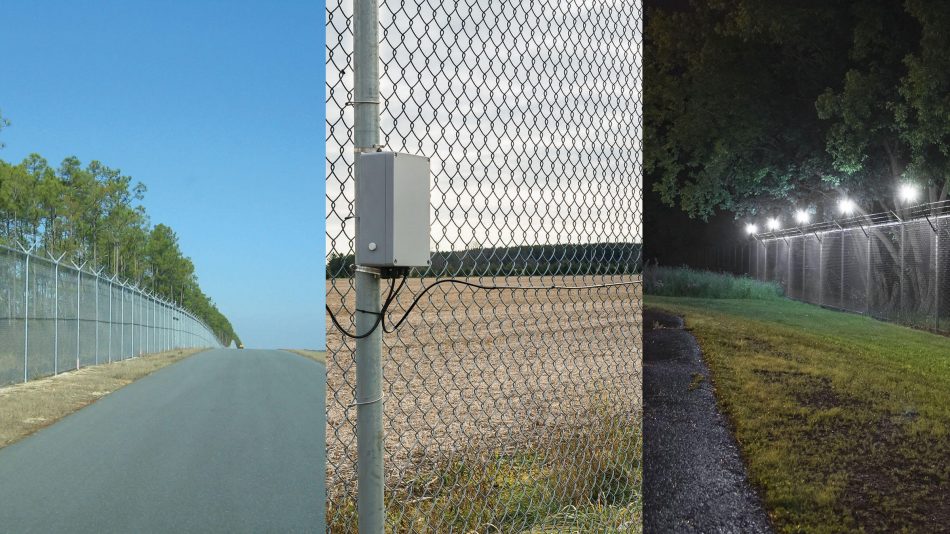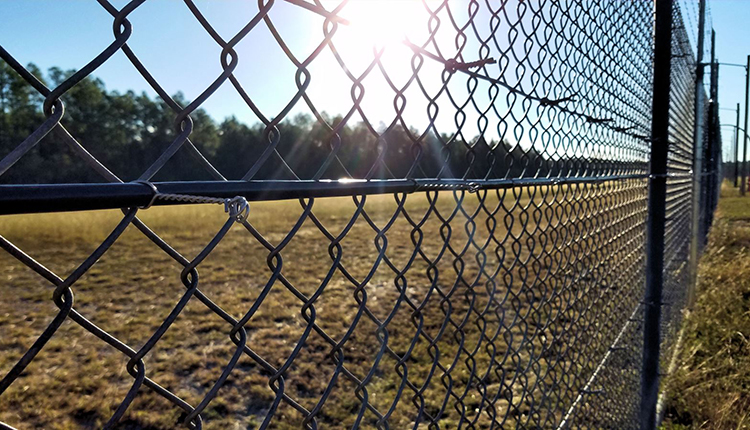Improve Your Security With Advanced Fiber Optic Security Solutions
In an era where protection is critical, advanced fiber optic safety and security systems offer a compelling service for enhancing safety and security throughout numerous settings. These systems not just boast superior bandwidth and speed for high-resolution monitoring but also provide impressive strength against exterior disturbances. As companies increasingly look for reputable methods to secure their possessions, the integration of innovative modern technologies like AI and IoT within fiber optic frameworks elevates vital questions regarding their performance compared to conventional systems. What effects do these innovations hold for future security steps?
Advantages of Fiber Optic Protection
Harnessing the benefits of fiber optic technology substantially improves security systems across numerous applications. One of the key benefits is the increased bandwidth capability, enabling the transmission of big amounts of information at high rates. This is especially vital for real-time video monitoring, where high-resolution feeds can be sent out without latency, making sure immediate action abilities.
Additionally, fiber optics exhibit superior resistance to electro-magnetic disturbance, which is important in environments with possible signal disruptions. This reliability guarantees consistent performance in essential protection procedures. Fiber optic cable televisions are much less prone to tapping and unapproved accessibility compared to traditional copper electrical wiring, consequently boosting data integrity and discretion.
Another significant advantage is the durability of fiber optic systems; they are much more immune to environmental factors such as wetness, temperature level changes, and harsh compounds. This resilience equates to reduce upkeep expenses and longer life-spans for safety and security installations.
Lastly, the lightweight nature of fiber optic cables assists in simpler setup and directing, specifically in complex infrastructures (fiber optic security system). Inevitably, the integration of fiber optic modern technology right into protection systems not only reinforces defense measures however likewise maximizes functional effectiveness
Secret Functions to Consider
When evaluating fiber optic safety and security systems, a number of key functions must be considered to ensure ideal performance and performance. First, examine the system's detection range and sensitivity; a considerable array enables keeping track of huge locations, while high sensitivity ensures that also small disturbances are spotted quickly.
Next, consider the integration capabilities of the system. A fiber optic safety and security system need to seamlessly interface with existing safety actions such as cameras and alarms, creating a natural safety network.
Longevity and environmental resistance are likewise critical features. Ensure that the system is created to hold up against extreme climate condition and possible physical dangers, as this will certainly lengthen its operational lifespan.

Lastly, consider the scalability of the system. A robust fiber optic safety and security system need to be easily expanding to accommodate future needs without substantial overhauls. By very carefully taking into consideration these attributes, you can choose a fiber optic safety option that improves security and safety and security in your setting.
Setup Refine Introduction
To effectively execute a fiber optic safety and security system, an organized setup process is essential. This procedure starts with a thorough site evaluation to identify the specific safety and security needs and to Recommended Reading identify optimal locations for fiber optic cables and security devices. Following this analysis, the installment group will create an in-depth plan, including wire paths, essential tools, and compliance with regional laws.
Following, the setup entails laying the fiber optic cable televisions, ensuring they are shielded from environmental elements and physical damage. Correct handling strategies are crucial, as fiber optic wires are delicate and can be quickly harmed. After the cabling is set up, connectors and discontinuations are carefully completed to make certain signal integrity.
The succeeding stage contains mounting safety tools such as video cameras, activity detectors, and alarm system systems, all integrated with the fiber optic network. Extensive screening is carried out to validate that all elements are working properly and to ensure optimal efficiency.

Comparing Fiber Optic to Typical Equipments
The evolution of security innovation has caused significant developments in the contrast in between fiber optic systems and traditional copper-based systems. Fiber optic systems use light to send data, using exceptional transmission capacity and speed contrasted to their copper counterparts. This causes enhanced information transmission capacities, making optical fiber suitable for high-resolution video security and real-time tracking.
Additionally, fiber optic wires are immune to electro-magnetic interference, lowering the likelihood of signal degradation triggered by outside variables. This particular guarantees regular efficiency, even in tough atmospheres. In contrast, conventional copper systems are more prone to interference, resulting in potential vulnerabilities in safety applications.
Toughness is an additional advantage of fiber optic systems. They are less prone to harm from environmental variables such as wetness and temperature level variations, which can jeopardize copper electrical wiring. Fiber optics are lighter and thinner, permitting for easier installation and decreased physical footprint.
Nonetheless, traditional systems often tend to have lower preliminary costs, making them eye-catching for budget-conscious jobs. While fiber optic systems might need a higher upfront investment, their lasting advantages-- such other as reduced maintenance costs and greater dependability-- often exceed the preliminary expenditure, positioning them as a premium choice for modern-day safety requirements.
Future Trends in Protection Technology
Emerging patterns in security technology are positioned to transform the landscape of monitoring and threat detection - fiber optic security system. As organizations progressively deal with advanced risks, developments such as synthetic intelligence (AI) and maker knowing (ML) are ending up being important to safety systems. These innovations enhance the ability of fiber optic systems by allowing real-time information evaluation, determining abnormalities, and automating feedbacks to prospective breaches
In addition, the integration of the Net of Things (IoT) is reinventing protection structures. IoT gadgets can offer detailed situational awareness and assist in smooth interaction in between various security parts. This interconnectedness permits more efficient monitoring and faster case response times.
Biometric authentication is likewise obtaining momentum, giving a higher degree of safety and security through one-of-a-kind physical qualities. As this technology develops, it is most likely to be incorporated right into fiber optic systems for improved access control.
Conclusion
In verdict, advanced fiber optic safety systems stand for a substantial improvement in safety and monitoring modern technology. Their exceptional bandwidth, resistance to interference, and toughness help with trusted monitoring and data honesty. As these systems integrate AI and IoT capabilities, they improve the total protection framework, go to my site making sure durable protection for properties. The shift from typical systems to fiber optic solutions reflects a growing pattern in the direction of much more efficient and effective safety measures in an increasingly complex technological landscape.